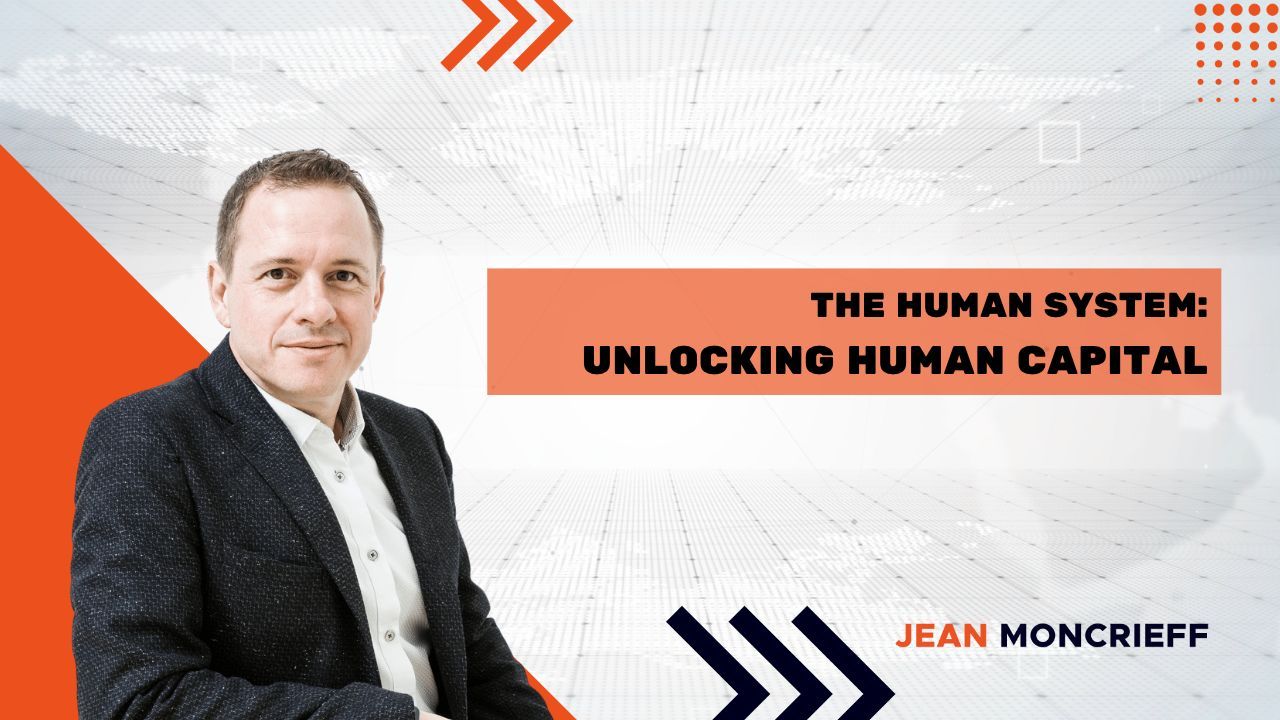The Human System: Unlocking Human Capital
Apr 14, 2023
A single person can make a huge difference. I recently travelled to Atlanta with a major airline that employs over 35,000 people. My flight was first delayed, then canceled. But it wasn't until someone mentioned receiving an email message that we realized the flight had been canceled. Our gate agents had walked away, and left us in the dark.
The incident resulted in a missed connection, misplaced luggage, and the need to spend the night in New York. Passengers were irritated and enraged. But, in the midst of the commotion, one airline employee stood out. She was pleasant and courteous. And she did everything she could to get me to my destination the next day.
In an era when airlines are failing, and their call centers are buckling under pressure. Consider what would happen if this airline harnessed the power of its 35,000 employees to actually care about its customers.
Most corporate leaders devote significant time and effort to developing strategies and crafting execution plans. However, they miss an important factor that will decide the success of these plans: changing the behavior of individuals within their organizations.
Most organizations profess to be customer centric. The customer experience is talked about in leadership meetings, baked into strategy, and finds its way into marketing messaging. But most leaders neglect to unlock the full potential of their people by fostering a culture that encourages growth and adaptability.
The significance of changing human behavior cannot be emphasized. It requires the same level of attention as any other system in your company.
The Human System: A Key Factor in Business Success
The Human System is an organization's intricate network of interactions, communication, and behavior. It includes the values, beliefs, and attitudes that influence employees' actions and decision-making. All of the softer 'Organizational Development' stuff that many executives brush over during graduate school and MBA programs.
We neglect the Human System. Instead, they prefer to concentrate on the hard-edge systems like strategy, execution, and financing. But to thrive in today's ever-changing business world, companies must strike a balance between hard-edge (finance, strategy, and execution) and soft-edge systems (culture, cohesiveness, and humam potential).
By evolving the behavior of individuals within your organization, you create an environment that encourages innovation, collaboration, and growth.
On the plane, I started reading Liz Wiseman's Multipliers. Multipliers are leaders who amplify their team members' intelligence and capacities, allowing them to execute to their full potential. They foster an environment in which employees feel respected, challenged, and inspired to do their best.
Multipliers, according to Wiseman, exhibit five distinct behaviors:
- Talent Magnets: Multipliers identify and develop the unique strengths of each team member, fostering a culture of continuous learning and improvement.
- Liberators: They create an environment where employees feel safe to express their ideas, take risks, and learn from failure.
- Challengers: Multipliers push their team members to think bigger and take on more significant challenges, fostering a culture of growth and adaptability.
- Debate Makers: They encourage open debate and critical thinking, ensuring that all perspectives are considered before making decisions.
- Investors: Multipliers invest in their team's success by providing resources, support, and autonomy, empowering employees to take ownership of their work.
Implementing The Human System: Strategies for Success
To change people's behavior within your organization, you should concentrate on:
- Building a culture of trust and psychological safety: Encourage and facilitate open communication and feedback, and demonstrate empathy and understanding towards employees. This fosters a supportive environment where employees feel comfortable sharing their ideas and taking risks.
- Investing in employee development: Provide training, mentoring, and growth opportunities for employees. Encourage continuous learning and upskilling to adapt to the changing business environment.
- Empowering employees: Delegate authority and responsibility to employees, allowing them to make decisions and take ownership of their work. This boosts employee engagement and satisfaction, leading to better performance.
- Recognizing and rewarding success: Celebrate employee achievements and accomplishments to reinforce positive behavior and motivate continued growth.
- Leading by example: Demonstrate the desired behaviors and values as a leader, and employees are more likely to follow suit.
The Diminisher is the inverse of a Multiplier. They believe that really intelligent individuals are rare, and that since they are of that unique breed, others will never figure it out.
Have you ever said, "I might as well just do it myself."?
One of the three biggest obstacles to organisational growth is leadership. Companies who’s leaders prioritize evolving the behavior of people within their organizations are more likely to succeed in today's fast-paced and competitive business landscape. By balancing soft-edge systems like The Human System with hard-edge systems (strategy and execution) and implementing strategies suggested by thought leaders like Liz Wiseman, Shannon Susko and others, you can unlock the full potential of your human capital, driving innovation, collaboration, and growth.

